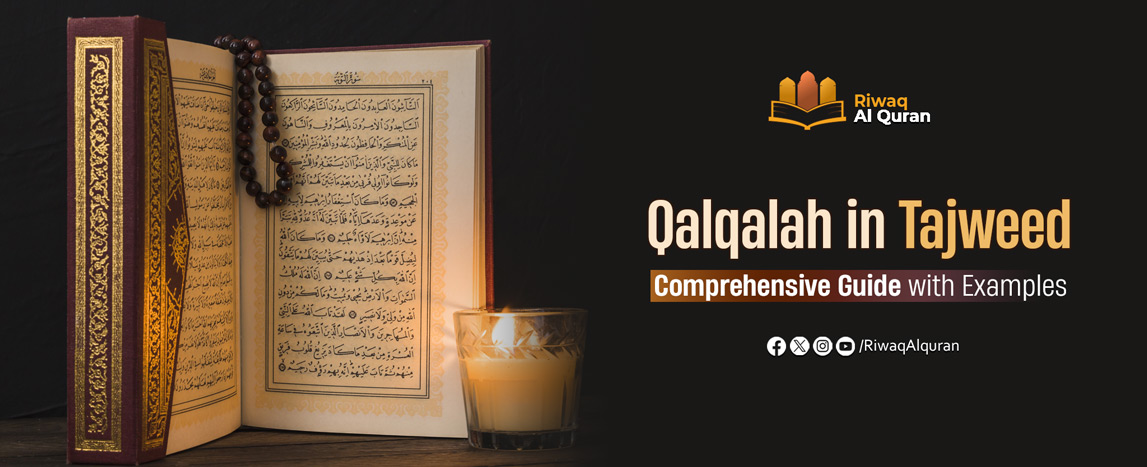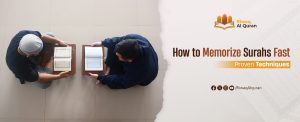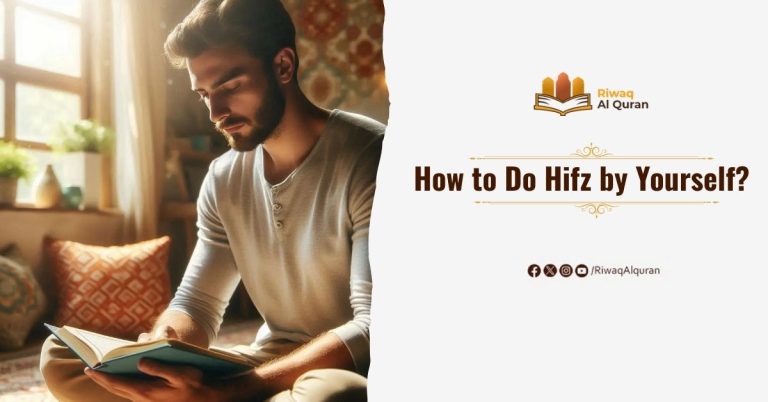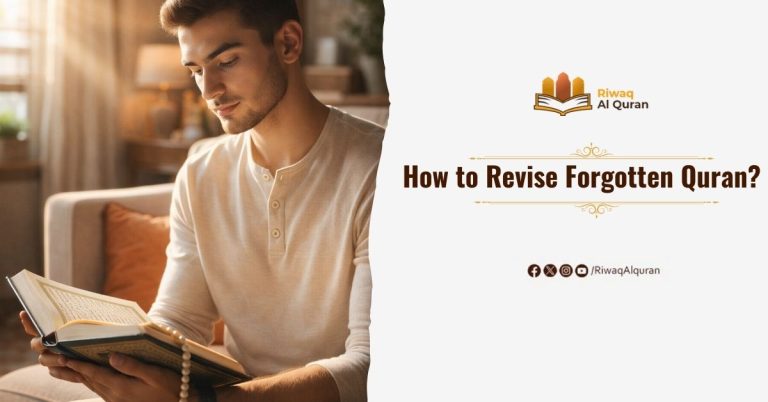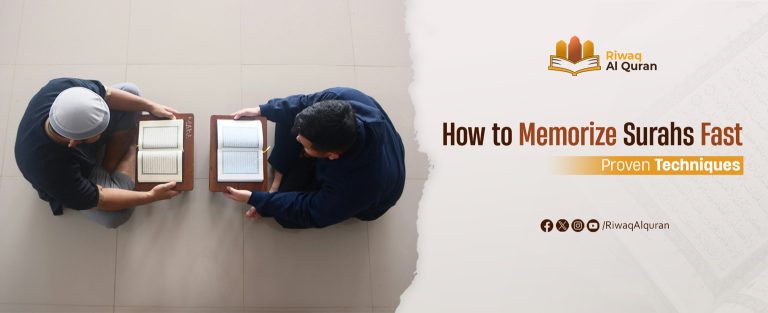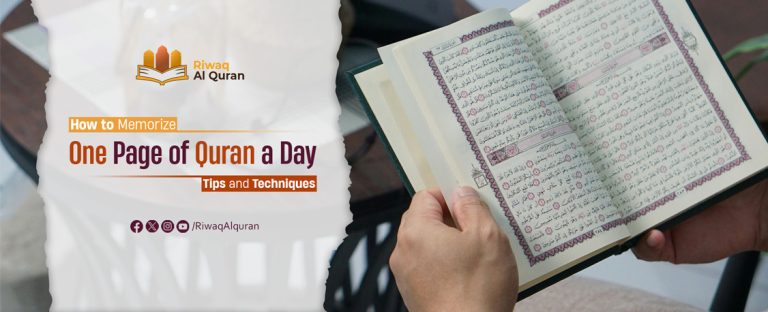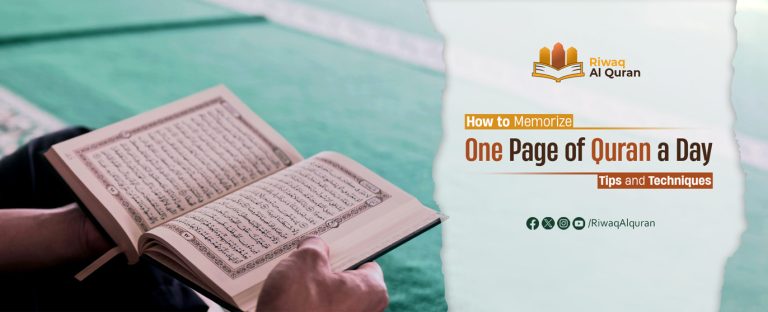Allah SWT revealed the Quran to Prophet Muhammad (PBUH) in Arabic. His Companions (RAA) wrote and gathered it in the form of a book. At the time of the Abbasid Caliphate, several improvements were made to the script of the Quran, which included Fatha, Kasra, Dummah, and Tanween. Shaddah was also added, the sign of Iddhaar, the Madd signs, and the Ishmaam and Imaalah signs, which are certain terms in the science of Tajweed, having Qalqalah letters.
Let’s now cover everything about it from Qalqalah definition to the examples and how to apply it. To learn about Qalqalah letters in detail, keep reading!
Table of Contents
What Is Qalqalah in Tajweed?
Qalqalah is an echoing sound. It is a technique of pronouncing particular letters with a Sukoon or when one stops at these letters. They need the tone to be strong and create an echo-like sound. Qalqalah is important in Tajweed as it brings clarity to the pronunciation of certain letters, ensuring each sound is distinct and clear.
This technique prevents confusion between similar-sounding letters, maintaining the accuracy and beauty of Quranic recitation. By emphasizing these sounds, Qalqalah enhances the listener’s understanding and appreciation of the recited verses.
Qalqalah Meaning in Arabic
Qalqalah meaning in Arabic is vibration. Whilst Qalqalah Tajweed’s meaning is to disturb the letter having Sukoon. This means a Saakin but with no corresponding movement of the mouth that is linked to vowel letters (letters with Fatha, Dummah, or Kasra).

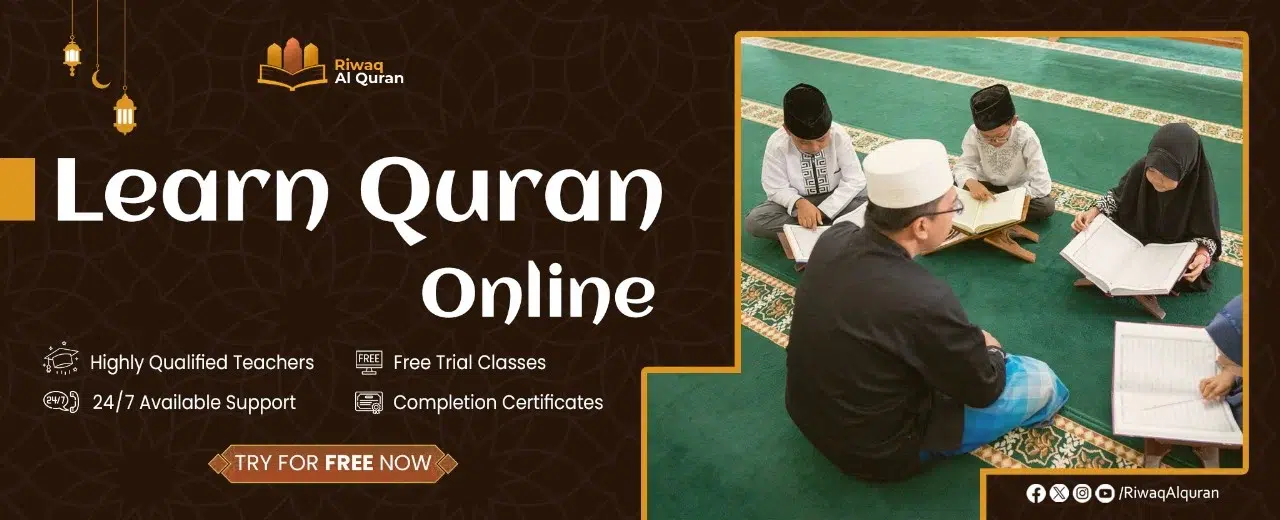
What Are the Letters of Qalqalah / Huruf Qalqalah?
Qalqalah shakes to echo that letter without taking up the succeeding or preceding letter’s diacritic. When it comes to its letters, there are 5 Qalqalah letters.
- ق (Qaaf)
- ط (Taa)
- ب (Baa)
- ج (Jeem)
- د (Daal)
To remember these Qalqalah letters meaning, you can remember the phrase made up قطب جد. These five letters have the attribute of Jahr – preventing the airflow when pronouncing them – and Shiddah – preventing the flow of sound when pronouncing them. It is only observed in these letters when they have a Sukoon. In the case of a vowel sign, they are pronounced normally with no Qalqalah or echo-like sound.
Rules of Qalqalah:
Like everything else, there are some Qalqalah rules to apply in Tajweed. To correctly implement Qalqalah in Tajweed, certain rules must be followed. Here are the essential conditions for a letter to produce the Qalqalah sound:
1. Qalqalah Letters
The first rule is that the letter must be one of the five designated Qalqalah letters: ق (Qaaf), ط (Taa), ب (Baa), ج (Jeem), or د (Daal). Only these letters can produce the Qalqalah effect when the proper conditions are met. In Quranic recitation, the correct pronunciation of these letters is crucial for conveying the intended meaning.
2. Sukoon Requirement
The Qalqalah letter must be Sakin, meaning it has a Sukoon (a non-vowel mark) on it. This can occur when the letter is in the middle of a word or at the end. If the Qalqalah letter carries a vowel sign—such as Fatha, Kasra, Dummah, or Tanween—it does not create the echoing sound and is pronounced normally. This distinction is crucial for maintaining the integrity of the recitation and avoiding confusion in pronunciation.
3. Position in Recitation
The position of the Qalqalah letter in a word also influences how the Qalqalah sound is produced. A stronger echo, known as Qalqalah Kubra, occurs when stopping on the letter at the end of a word, while a lighter echo, or Qalqalah Sughra, is used when the letter is within a word. Understanding these distinctions helps enhance the beauty and clarity of Quranic recitation.
Experience Riwaq Al Quran Classes
Watch real moments from our live sessions at Riwaq Al Quran and see how we bring learning to life. These clips highlight our interactive, student-focused approach designed to keep learners engaged, motivated, and actively involved in every step of their educational journey.
Types And Levels of Qalqalah in Tajweed
There are three levels of Qalqalah:
- Level 3 – Strong
- Level 2- Medium or Intermediate
- Level 1 – Weak or Light
1. Strong Qalqalah Kubra (قلقلة كبرى)
This type has a Shaddah and it comes at the end of the verse. Qalqalah becomes strong when the word is in the end, has a Shaddah, you drop the last Harakah, and say it with Qalqalah.
Qalqalah Kubra Examples:
The Qalqalah examples in Quran for the strong type are mentioned here. An example is the last ب in the following verse. Here, you will hold the Qalqalah for some time as it has Shaddah and Sukoon. You drop the last Harakah and leave the Shaddah as it is part of the word. So, if it is Wa Tabba, you make it Wa Tabb.
- (ِAl-Masad: 1) تَبَّتْ يَدَآ أَبِى لَهَبٍۢ وَتَبَّ
- (Al-Baqarah: 189) …قُلْ هِىَ مَوَٰقِيتُ لِلنَّاسِ وَٱلْحَجِّ…
- (َQaf: 19) …وَجَآءَتْ سَكْرَةُ ٱلْمَوْتِ بِٱلْحَقِّ
2. Medium or Intermediate Qalqalah
Qalqalah is medium or intermediate when the letter that appears at the end of the word has no Shaddah. It doesn’t matter if the letter has an original or presented Sukoon. These words are read with a great bouncy sound on the Qalqalah letters.
Qalqalah Wusta Examples
The Qalqalah letters examples of the medium type in the Quran are mentioned here. The following verses of Surah Al-‘Adiyat contain the medium or intermediate Qalqalah.
- (Al-Buruj: 20) وَٱللَّهُ مِن وَرَآئِهِم مُّحِيطٌۢ
- (Al-Masad: 2) مَآ أَغْنَىٰ عَنْهُ مَالُهُۥ وَمَا كَسَبَ
- (Al-Qiyamah: 29) وَٱلْتَفَّتِ ٱلسَّاقُ بِٱلسَّاقِ
- (Qaf: 8) تَبْصِرَةًۭ وَذِكْرَىٰ لِكُلِّ عَبْدٍۢ مُّنِيبٍۢ
3. Weak Qalqalah Sughra (قلقلة صغرى)
Qalqalah is weak if it is within the middle of recitation. The letters of Qalqalah often appear within the center of the word or at the top having a Sukoon. But, as the reciter decides to continue, a weak Qalqalah occurs because the reciter quickly moves on to the subsequent letter.
Qalqalah Sugra Examples
Qalqalah letters in Quran of the weak type are mentioned below. The Huruf Qalqalah Sugra can be seen in the following verses:
- (Ya-Sin: 54) فَٱلْيَوْمَ لَا تُظْلَمُ نَفْسٌۭ شَيْـًۭٔا وَلَا تُجْزَوْنَ إِلَّا مَا كُنتُمْ تَعْمَلُونَ
- (An-Naba: 8) وَخَلَقْنَـٰكُمْ أَزْوَٰجًۭا


Common Pitfall Related to Qalqalah in Tajweed
Understanding Qalqalah is essential for proper Quranic recitation, but many reciters encounter common mistakes that can affect their pronunciation. These errors often stem from confusion about which letters require the echo effect or how to apply it correctly. Here are some of the most frequently observed mistakes in Qalqalah:
1. Bouncing Non-Qalqalah Letters
A common mistake is applying the Qalqalah effect to letters that are not part of the Qalqalah group. It may become easier to get the concept of Qalqalah using a non-Qalqalah letter. When we read the word ٱل, we notice that at the end of the word, the front part of the tongue touches the upper gums. On moving our tongue away from this point, without interrupting the sound, we get the Qalqalah effect.
But, as the letter Laam is not among the Qalqalah letters, we should not make a bouncing sound for this letter. This is quite a common mistake, making Qalqalah sound for non-Qalqalah letters.
2. Insufficient Emphasis on Qalqalah Letters
Another mistake is not giving enough emphasis to the Qalqalah letters, especially at the end of a verse or word. If these letters do not receive a clear echo sound, the recitation may lack the intended clarity and emphasis. To correct this, it’s essential to pronounce Qalqalah letters with a noticeable bounce, especially in Qalqalah Kubra (strong echo) situations.
3. Inconsistent Qalqalah Levels
Reciters might also mix up the levels of Qalqalah, applying either too strong or too weak an echo depending on the context. For example, Qalqalah Kubra should have a stronger echo when stopping on a Qalqalah letter at the end of a verse, while Qalqalah Sughra requires a lighter bounce within a word. Consistency in these levels is key for correct Tajweed.
Why Students Love Learning with Riwaq Al Quran
Hear directly from our students about how Riwaq Al Quran Academy has transformed their connection with the Book of Allah. Their experiences reflect the dedication, care, and quality that guide every step of our teaching.
Learn More Tajweed with Us!
At Riwaq Al Quran, we aim to teach our Muslim brothers and sisters Tajweed the easy way. Hence, we have made it our mission to explain the basic rules in a special Tajweed series with clear examples. So, if you or your kids wish to learn more about Qalqalah letters in detail, Join our Online Tajweed Course.
We offer several courses such as:
- Online courses for kids.
- Online Quran classes for kids and adults.
- Online Arabic courses
- Online Ijazah courses
- Online Islamic Studies courses.
Here are a sample of our set of Quran Courses that will be helpful for you:
- Online Tafseer Course: Delve into Quranic meanings with our insightful online Tafseer course.
- Noorani Qaida Online: Learn Quranic basics efficiently through our Noorani Qaida online program.
- Online Quran Recitation Course: Enhance Quranic recitation skills through our expert-led online course.
- Online Tajweed Classes: Master Tajweed rules for beautiful Quranic recitation in online classes.
- Quran Memorization Online Course: Memorize the Quran effectively with our specialized online memorization course.
- Online Qirat Course: Explore diverse Qirat styles with our comprehensive online Qirat course.
- Online Quran Classes for Kids: Nurture a love for the Quran in kids through interactive online classes.
Conclusion
Qalqalah is an Arabic term that means echoing or shaking. This post covers everything basic about Huroof Qalqalah that you should know about. But if you wish to learn more about the letters of Qalqalah in Arabic, you can always get our assistance!
At Riwaq Al Quran, we have qualified professionals with a strong command of the Arabic language and the method of reading the Quran. They can not only teach you about this in detail, but you also track your progress and get regular feedback.
Check these useful blogs and master the recitation of the Holy Quran:

